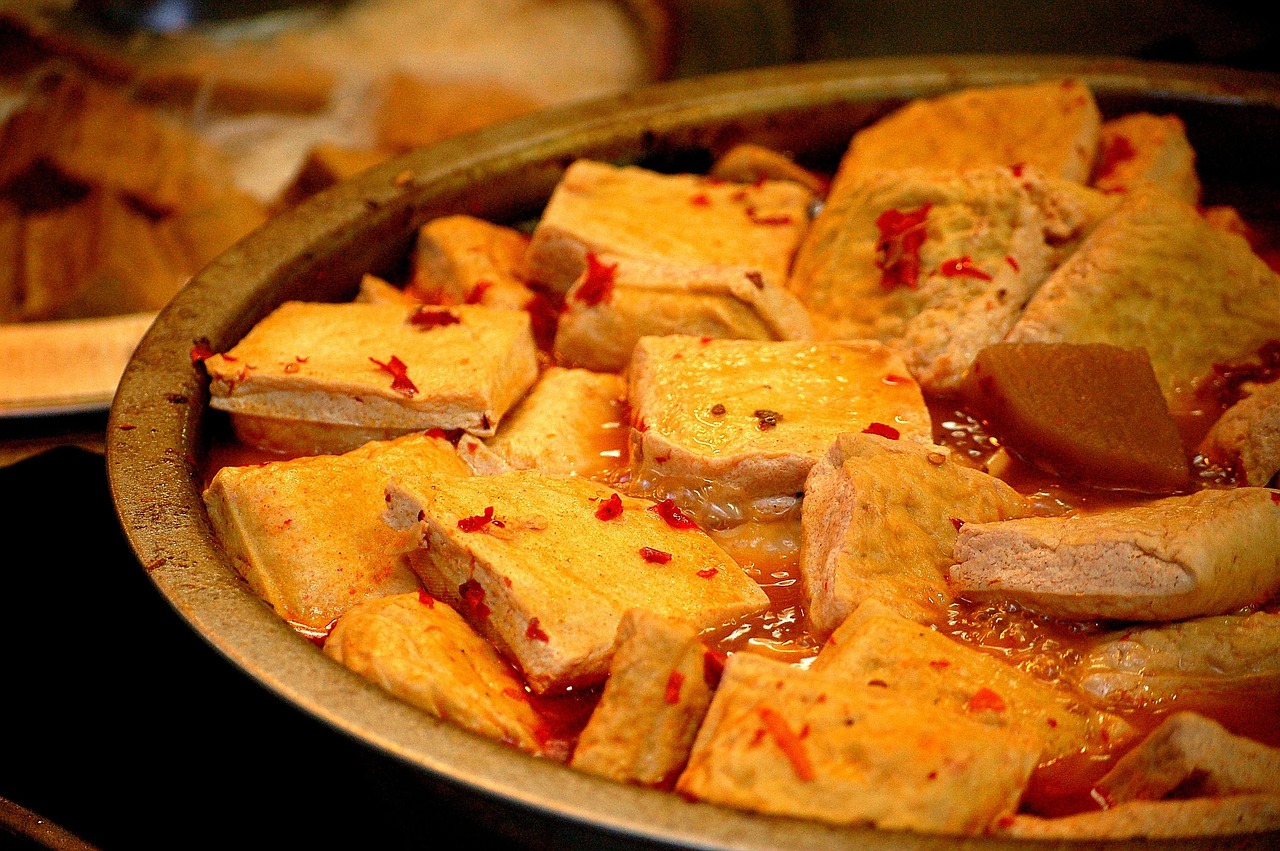The Rising Appeal of Culinary Tourism: A Journey for the Taste Buds
Embark on a sensory voyage that blends travel and gastronomy in an exciting way. Welcome to the world of culinary tourism—a trend that's fast capturing the hearts (and palates) of travelers worldwide. Culinary tourism, also known as gastronomic tourism, can be traced back to ancient civilizations that traveled far and wide to trade spices, silk, and other commodities. This early exchange of goods not only fueled commerce but also led to a fusion of cuisines, paving the way for what we now recognize as culinary tourism. Over the years, this travel trend has evolved to incorporate unique dining experiences, cookery classes, wine tasting, and visits to local markets, farms, and food producers.

The Modern Palette: Culinary Tourism Today
In recent years, culinary tourism has skyrocketed in popularity. A variety of factors have contributed to this surge, from the rise of food-related media and celebrity chefs to the growing awareness of the importance of sustainable and locally sourced food. Nowadays, culinary tourism goes beyond just dining out—it’s about immersing oneself in a country’s culture, history, and traditions through its food and drink.
The Flavorful Advantage: Why Culinary Tourism?
Culinary tourism offers a unique way to discover a destination. It provides a tangible connection to the local culture and a chance to engage with the people behind the food. Additionally, it can be a sustainable travel option as it often promotes local economies and respect for traditional practices. However, it poses certain challenges, including ensuring the quality of experiences and maintaining the authenticity of local cuisines in the face of growing tourist demand.
The Impact on the Travel Industry
Culinary tourism has a significant impact on the travel industry. It prompts destinations to develop and promote their culinary heritage, leading to increased tourism revenues. Moreover, it influences hotel and restaurant offerings, pushing them to provide unique, locally inspired dining experiences.
Palatable Pointers for Culinary Tourists
- Engage with locals to gain a deeper understanding of the food culture.
- Opt for food experiences that promote sustainability and support local communities.
- Be adventurous and try new foods, but also be respectful of local customs and traditions.
- Consider taking a cooking class to learn about the local cuisine and cooking techniques.
- Remember to savor the experience—it’s not just about the food, but the stories, people, and culture behind it.
Conclusion
Culinary tourism is more than a trend—it’s a reflection of our innate curiosity and desire to connect with other cultures through food. Choosing this travel style allows you to broaden your gastronomic horizons while contributing to the local economy and preserving culinary traditions. So, on your next journey, consider making food a central part of your itinerary, and remember that sometimes, the way to a destination’s heart is through your stomach.





